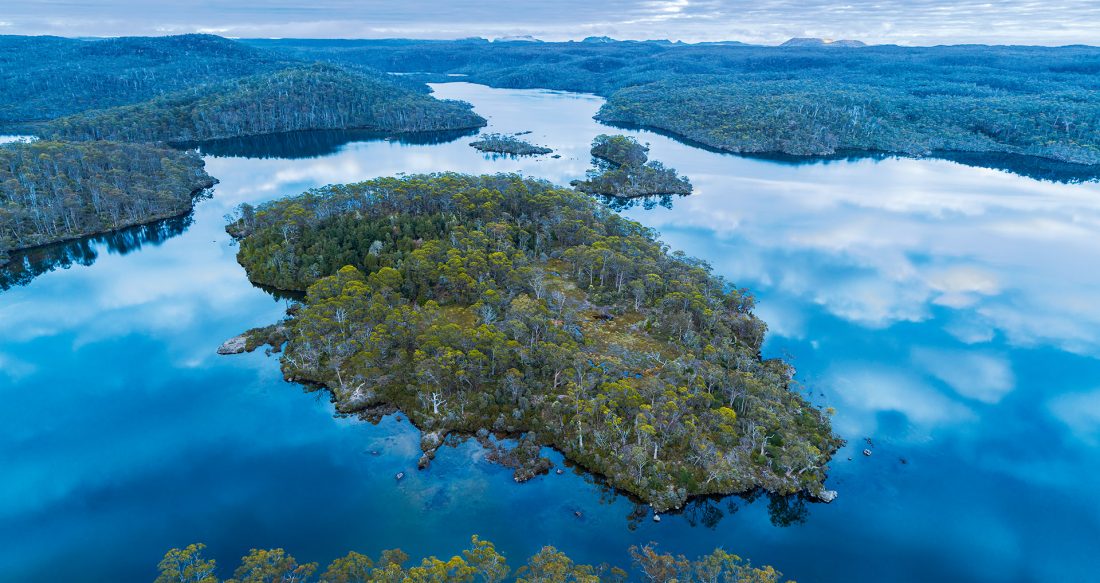
WHAT DO WE MEAN WHEN WE TALK ABOUT
WILDERNESS
To protect wilderness, you first have to know what wilderness is. But pinning down the concept to create a workable definition can prove surprisingly difficult. In this must-read piece, wilderness researchers Martin Hawes and Grant Dixon explain the theory, and offer a robust solution.
Words: Martin Hawes & Grant Dixon
Images: Rob Blakers, Grant Dixon & Martin Hawes
(This story originally featured in Wild #181, Spring 2021)
Banner Image: Halls Island in Lake Malbena, Walls of Jerusalem NP,
Tasmanian Wilderness World Heritage Area. Credit: Rob Blakers
Imagine setting out on a three-day walk to a remote lake in Tasmania’s Central Highlands. The lake is in a trackless area, far from the nearest roads and vehicle tracks. The walk in, which can take eight hours even by the quickest route, involves navigating across a mosaic of woodlands and moorlands, past several other lakes, and through patches of dense scrub.
Early on the second morning, you cross a small clearing and pick your way through rocky woodland to the crest of a low ridge. You’re rewarded with the view of a sky-blue alpine lake, nearly three kilometres long, fringed by heavily timbered slopes. Scattered pines grow along the shoreline. And in the midst of the lake there is an island. The island is like a miniature of the surrounding wilderness, complete with its own tiny bays and peninsulas, its own woodland and moorland, even a small patch of King Billy pine forest. It’s a glorious morning. Wisps of mist drift on the lake’s surface. The only sound is the whisper of wind in the trees. The landscape seems to resonate with that quality of immense peace that one often senses in remote areas: the peace of places not mutilated by chainsaws and bulldozers, not built up and roaded, not disturbed by the racket of machinery and the hubbub of the modern world. Then you hear a helicopter. It’s distant at first; the sound can travel over fifteen kilometres. But it’s getting closer. Within a few minutes, the noise reverberates around the lake’s basin, and the helicopter comes into view, flying low. It circles still lower and lands in the small clearing that you crossed twenty minutes ago. It sits there a while, its engine still going, then takes off with a five-seater helicopter’s inimitable hundred-decibel roar.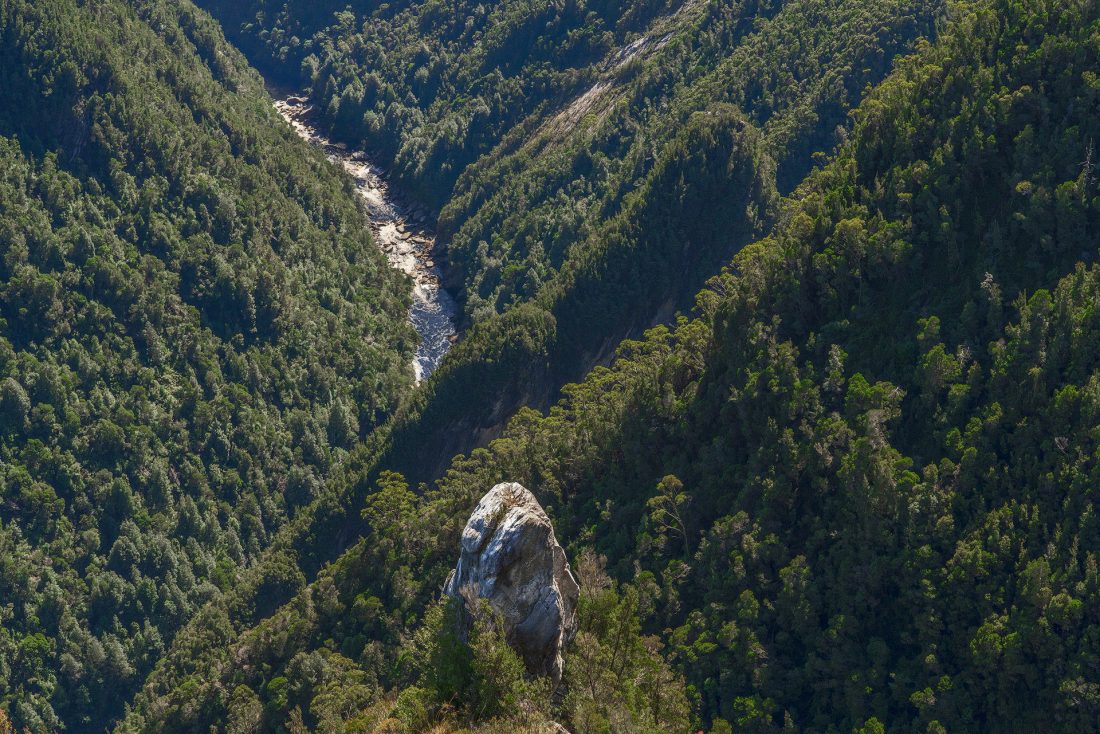
By the time the noise has receded, you hear voices heading your way. A group of tourists has arrived, fresh from the comforts of their hotel, to enjoy a ‘luxury wilderness experience’ in commercial accommodation on the island. You’d intended to packraft across to the island, but the group guide tells you you’re not allowed to because the island is under a private lease, despite being in a national park and a World Heritage Area. Within half an hour the helicopter returns with more tourists. The peace of your morning—indeed, the peace of the wilderness itself—has been irrevocably destroyed.
Scenes like this might soon play out if a local developer and the Tasmanian Government have their way on Halls Island at Tasmania’s Lake Malbena, where construction of three accommodation huts and a communal building has been proposed. The huts would be visited 30 times each year by parties of six clients and two guides, who would be ferried by helicopter to a landing site (probably a formal helipad) close to the lake. Helicopters would also resupply and maintain the accommodation, requiring some 260 flights over 60 flying days per year.
The proposal has outraged people who value the peace and undisturbed nature of Lake Malbena and of wilderness generally. In 2019, an invitation for public comment on the proposal attracted 1346 submissions, of which all but three were objections. Opposition to the development has led to a succession of procedural and legal challenges, most recently an appeal that’s currently being considered by the full bench of the Tasmanian Supreme Court.
“The impact of structures like roads and buildings isn’t confined to their immediate footprint. The knowledge you’re one kilometre from a hut affects your perception of being remote, even if you never see the hut.”
As Wild Editor James McCormack described in articles in Wild #178 and #179, the Lake Malbena proposal is only one of dozens of proposals around Australia that would see—and in some cases have already seen—tourism developments constructed inside national parks and World Heritage Areas, often at great cost to wilderness values. At the same time, wilderness in places like the Blue Mountains, Cape York, and Tasmania’s takayna/Tarkine region is under threat from developments like inundation, land clearing, logging, mining, and incursions by off-road vehicles.
We recently commissioned a Roy Morgan national poll on support for protecting Australia’s wilderness. It showed that 90% of Australians agree that wilderness areas should be protected. Roughly the same number agree that the remoteness of wilderness should be protected. Sixty-three per cent agree that helicopter-based tourism and luxury lodges should be kept outside wilderness areas—three times the number who disagree. Clearly, the kinds of tourism development being proposed at Lake Malbena and in other wilderness areas are out of step with public opinion.
So what is wilderness?
If we want to protect wilderness, we must be clear about what we’re protecting. It’s particularly important that governments and land-management agencies have a clear definition of wilderness; without it there can be no legal or procedural basis for protecting and managing wilderness. So what is wilderness?
The questions in our opinion poll were prefaced with a statement that defined wilderness areas as ‘large natural areas of land that have not been significantly modified by the impact or activities of modern society’. This isn’t a technical definition, but it does a reasonable job of encapsulating the popular understanding of wilderness.
The reference to ‘modern society’ is important, because many areas that are now seen as wilderness have traditionally been inhabited and modified by Indigenous people. Indeed, many wilderness areas are free of humans only because their original inhabitants were killed, or were forcibly removed or dispossesed from their ancestral land. For this reason, some Indigenous groups reject the concept of wilderness altogether, regarding it as a colonial construct that perpetuates the false history of terra nullius. Contemporary definitions of wilderness seek to redress this by stressing that wilderness can include areas that are or have been inhabited, utilised, or influenced by Indigenous people. It’s also widely accepted that Indigenous people should play a major role in the designation and management of wilderness areas with which they have a traditional connection.
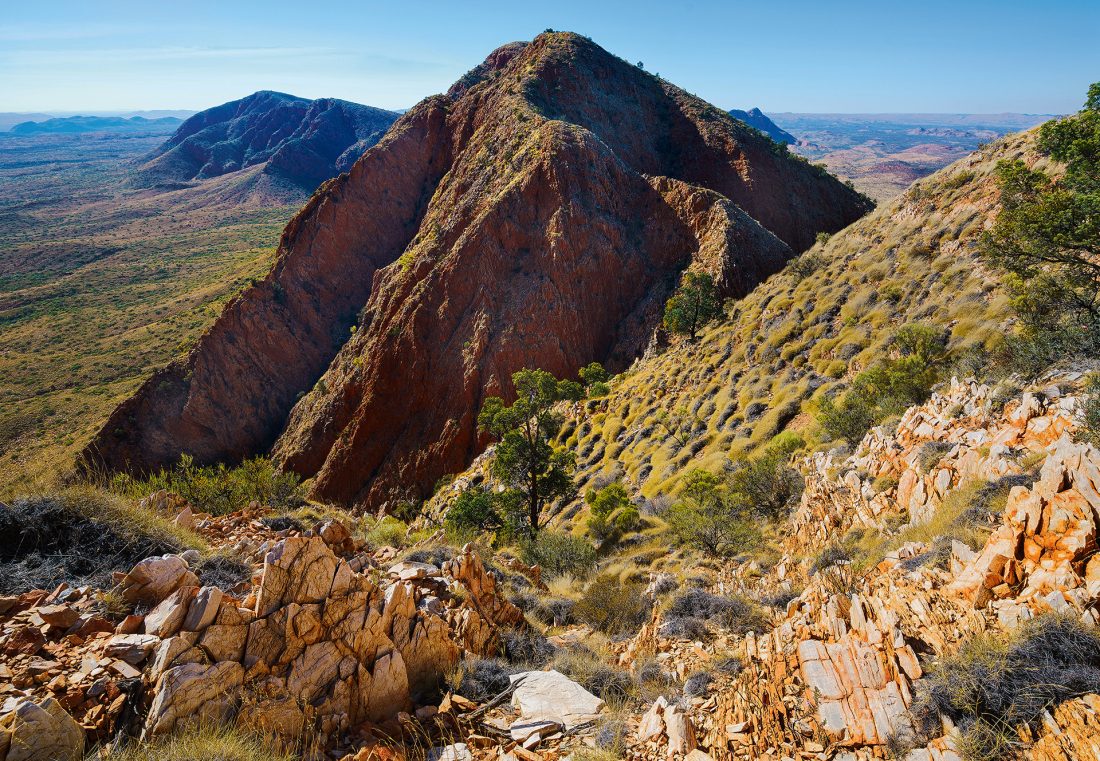
It’s important to recognise that the word ‘natural’ is relative, because nowhere on Earth is entirely natural—not even areas that had little or no pre-modern human visitation, such as Antarctica. We’re living at a time when factors such as anthropogenic climate change and airborne pollution induce measurable environmental effects in all parts of the world.
Wilderness areas are generally understood to be large and (relatively) natural. But are largeness and naturalness sufficient to define wilderness? Tasmania’s Central Highlands encompass a large, natural area. It would still be large and (mostly) natural if the Lake Malbena development went ahead. In fact (to take an extreme example), it would still be large and mostly natural if you constructed a road to Lake Malbena. The physical area of the road, or of the proposed huts, would be small compared to the overall area of the region.
A developer might argue that because only a small area would be affected, building a road or tourist accommodation would have only a small impact on wilderness values. Where’s the flaw in that argument? Well for one thing, if you keep permitting ‘small’ losses of wilderness, eventually those losses will add up and there’ll be no wilderness left. But the main flaw is that the argument fails to recognise the impact that developments like roads and huts have on the remoteness of the surrounding country. We maintain that remoteness is one of the essential qualities that distinguishes wilderness from other types of natural areas.
Remoteness is important for several reasons. Firstly, remote places are places where you can stand with your senses steeped in nature and be confronted with the vastness of the natural world. They are places where you can escape the noise and confusion of the modern world, and experience a quality of peace as ancient as the Earth itself.
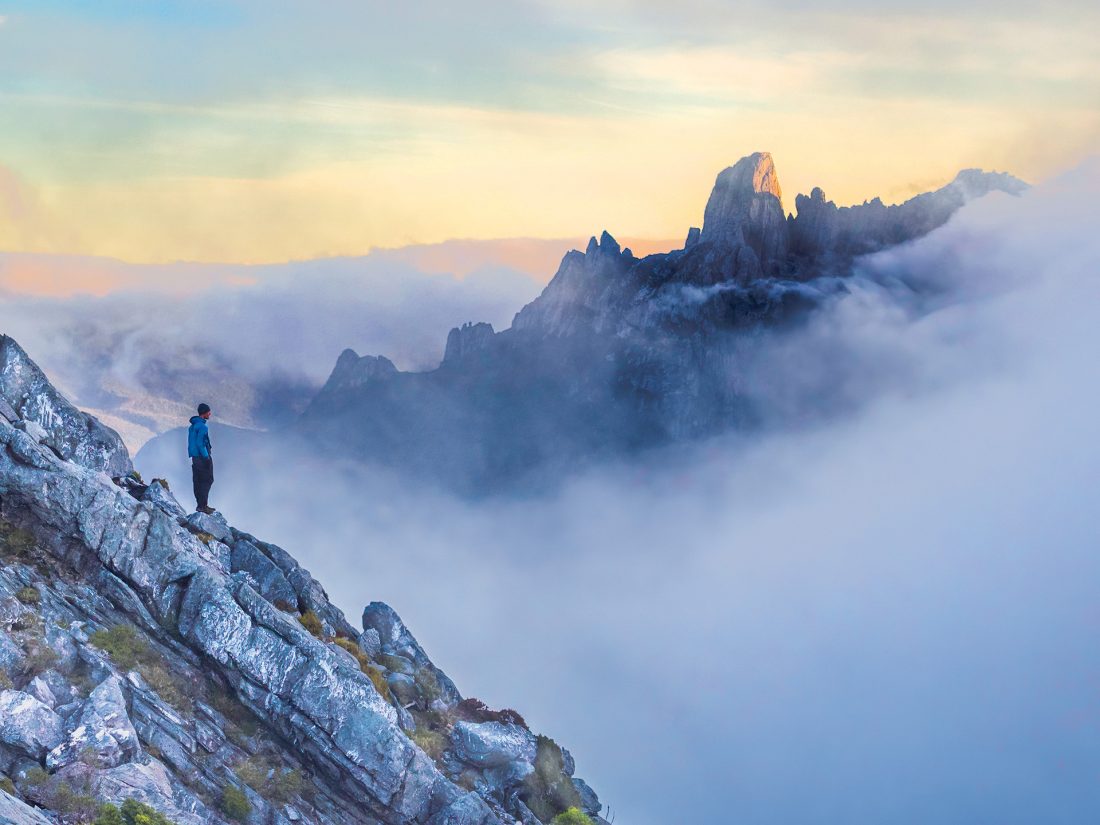
Reaching remote places requires effort, commitment, and self-reliance. You have to undertake a journey—a journey that may change your perception of the world and of your place in it. The rewards of such journeys can’t be simulated by stepping out of a helicopter. Even if you never visit remote places, it’s heartening to know that they exist, isolated from the pressures and depredations of modern civilisation.
The impact on wilderness of structures like roads and buildings isn’t confined to their immediate footprint. The knowledge that you’re one kilometre from a hut (for example) affects your perception of being remote, even if you never see the hut. Helicopter landings in remote areas degrade the sense that such areas are remote of access, whether or not you’re one of the passengers.
Remoteness also helps to protect an area’s ecological values. Physical distance from disturbances such as logging and land clearing for agriculture helps buffer areas from ecological impacts such as human-lit fires, air and water pollution, and invasive species. Research has shown that the ecological impacts of roads extend several kilometres beyond their immediate footprint.
A FORMAL DEFINITION OF WILDERNESS
We said earlier that it was important for governments and land-management agencies to have clear definitions of wilderness. This is currently not the case in Australia. The Federal Government doesn’t have a definition of wilderness. Its key piece of environmental legislation, the Environment Protection and Biodiversity Conservation (EPBC) Act, which was the subject of a major review last year, doesn’t even mention wilderness. New South Wales and South Australia have Wilderness Acts, and wilderness is mentioned in land-management legislation and policy in other states, but the definitions of wilderness vary from state to state.
Internationally, the picture isn’t much clearer. The International Union for Conservation of Nature (IUCN), the world’s foremost conservation body, defines a ‘wilderness area’ as a category of protected area, but it doesn’t define what wilderness is. Several countries have some form of wilderness legislation, but there’s no consensus on the definition of wilderness. (Ed: In the next issue, Wild #182, we’ll look at New Zealand, where there is legal protection and detailed management guidelines for designated wilderness areas.)
The situation internationally is relevant to Australia because as a signatory to the World Heritage Convention, Australia is answerable to the IUCN, which advises the World Heritage Committee on the management of the natural values of World Heritage Areas. The IUCN pressured the Tasmanian Government to revise its management plan for the Tasmanian Wilderness World Heritage Area (TWWHA), a draft of which would have allowed logging in the TWWHA. But the IUCN’s definition of ‘wilderness area’ doesn’t provide a firm basis for arguing against the sorts of development proposed at Lake Malbena and in other World Heritage Areas.
“Reaching remote places requires effort, commitment, and self-reliance. You have to undertake a journey—a journey that may change your perception of the world and of your place in it. The rewards of such journeys can’t be simulated by stepping out of a helicopter.”
This is why we decided two years ago to write our own definition of wilderness. We thought the task might take us a few weeks. It ended up taking us a year, and resulted in the publication of our book Refining the Definition of Wilderness. We’ve also published our ideas in the IUCN journal PARKS.
When defining wilderness, it’s important to distinguish between descriptive and prescriptive definitions. Descriptive definitions say what an area is like, regardless of whether it’s protected or how it’s managed. Prescriptive definitions specify the management objectives of a category of protected area. An area can be identified (descriptively) as wilderness whether or not it’s managed as such. By contrast, a designated ‘wilderness area’ may, and indeed generally will, include areas that you’d be hard-pushed to describe as wilderness. This is particularly true if you include remoteness as a defining characteristic of wilderness. If your eyes have glazed over, you’ll appreciate the complexities we had to negotiate when we developed our definition.
How we define wilderness reflects the values we associate with wilderness and hold to be worth protecting. These can include ecological values such as biodiversity conservation; experiential values such as wilderness recreation and the vicarious appreciation and enjoyment of wilderness; Indigenous values, particularly those associated with traditional Indigenous uses of wilderness areas; and cultural values, such as the role of wilderness in inspiring cultural and artistic expression. Many people feel that wilderness has a right to exist for its own sake, regardless of its direct or even indirect benefit to humans.
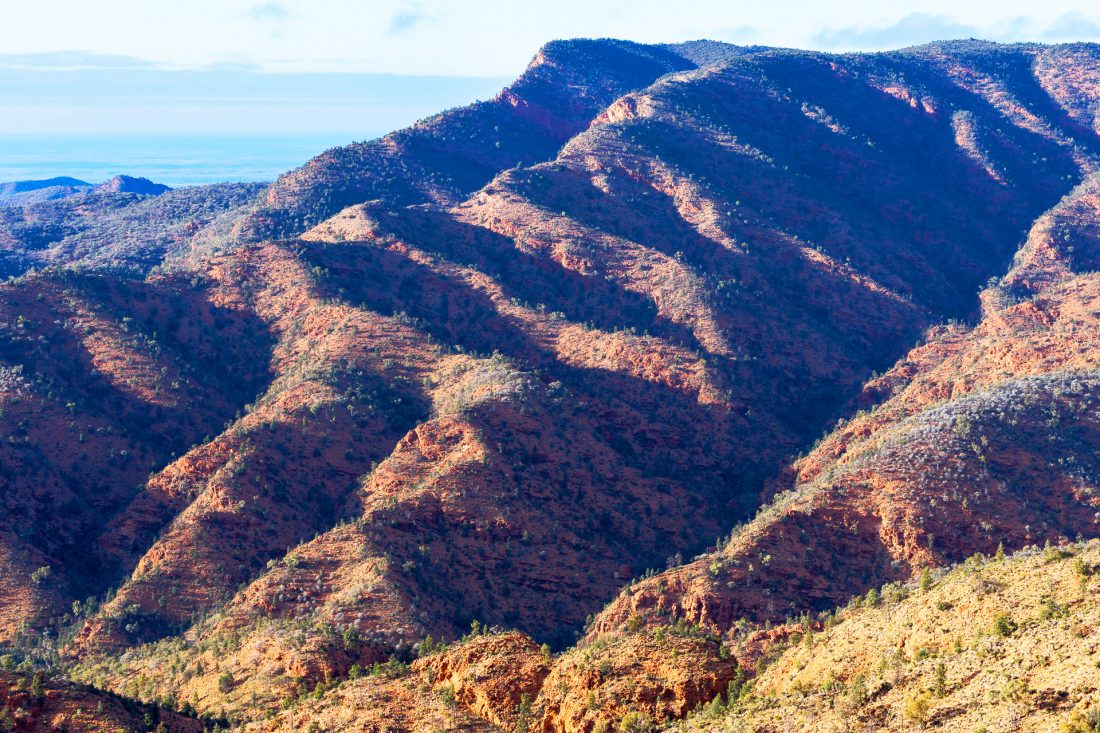
One concern that’s motivated our work is that, in recent decades, the focus of wilderness protection has shifted heavily to ecological conservation, to the point where some academic definitions of wilderness don’t even mention experiential values. Ecological values are vitally important, but if they become the sole focus of wilderness conservation then other values won’t be protected. A particular concern is that few definitions acknowledge the significance of remoteness, which is pivotal to the experiential values of wilderness.
Taking these considerations into account, we’ve proposed the following definition of wilderness: Wilderness is land characterised by a high degree of biophysical naturalness, linear remoteness from infrastructure and landscape disturbances, and time remoteness from points of mechanised access, as well as having minimal evidence of modern technological society. Wilderness by this definition can include areas that are or have been sustainably inhabited, utilised and influenced by Indigenous people following traditional, wilderness-based ways of life.
In short, we’re saying wilderness is land that’s natural, remote, and largely undisturbed by modern society.
Note that this definition is descriptive. It’s also qualitative; in other words, it identifies the qualities (such as naturalness and remoteness) that characterise wilderness, without saying how natural or remote an area has to be to qualify as wilderness.
Note also that when wilderness is defined to be remote, protecting wilderness requires maintaining the roadless and undeveloped condition not only of the wilderness itself but also of the surrounding fringe of land (or sea) that makes it remote.
How wild does wilderness have to be?
To protect wilderness areas, we need to be able to identify them and know (at least roughly) where their boundaries lie. It’s not enough to say that wilderness is remote and natural, because these are relative terms. How wild should an area have to be to qualify as wilderness? Should an area like, say, the summit of Mt Feathertop count as wilderness? (It’s less than three kilometres from a road.) Should we reserve the word ‘wilderness’ for ultra-wild places like the more remote parts of Kakadu and Southwest Tasmania? Should we set the qualifying bar high or low?
There are pros and cons to both approaches. An advantage of setting the bar low is that it potentially allows a wide range of places to be protected under wilderness legislation (where such legislation exists) and to be promoted as wilderness in campaigns. For example, Europe has very little wilderness by Australian or North American standards; yet what wild areas it does have are surely worth recognising and protecting. There’s also growing interest in Europe in wilderness restoration.
Conservation groups have tended to set the bar low, probably because the word ‘wilderness’ helps to sell conservation campaigns. The Wilderness Society’s website currently refers to logging taking place in Tasmania’s ‘remote wilderness areas’. The areas in question are all accessed by roads, and in most cases are on the fringes of country that has already been extensively logged. One group of prominent international researchers has defined wilderness so broadly that most of Australia’s national parks and other reserves would qualify as ‘wilderness’, even areas that contain roads and settlements.
“In short, wilderness is land that’s natural, remote, and largely undisturbed by modern society.”
A disadvantage of using the word wilderness in this way is that it weakens the case for protecting truly wild areas. If an area that contains a settlement can be called a wilderness, it’s only a short step to arguing that it’s acceptable to build settlements inside wilderness areas.
We take the view that wilderness should be remote and free of roads and settlements. But we also feel it’s reasonable to use the word ‘wilderness’ to refer to different degrees of wildness. To accommodate this, we’ve proposed a system of wilderness classes based on categories of linear remoteness from major features such as roads and dams, and of access-time remoteness from points of motorised access. The highest class (Class A) would include ‘crème de la crème’ areas like the more remote parts of western Tasmania and Kakadu National Park. Class C would include areas like the remoter parts of Alpine National Park. There’d also be a Class D, which would include moderately remote areas better referred to as ‘wild areas’.
Mapping Wild Character
While it’s necessary to distinguish wilderness from other types of land, it’s also important to recognise that degrees of wildness can vary both within wilderness areas and in more developed country. Indeed, wildness can be thought of as a spectrum varying from ‘highly developed’ to ‘remote and pristine’. It can then be measured and mapped as a continuous variable, based on factors such as the physical naturalness of a location and its remoteness from settlements, roads, and points of access.
Australia has been a world leader in developing methods for measuring and mapping wilderness, particularly through its development of the National Wilderness Inventory (NWI) in the 1980s. The NWI system was used to map wilderness across Australia in the 1990s, and variations of it have subsequently been used to map wilderness in other regions and countries including Iceland, Italy, continental Europe, Borneo and China. In 2005, we developed a modified version of the NWI system that the Tasmanian Government has used to assess wilderness values (we prefer the term ‘wild character’) across the Tasmanian Wilderness World Heritage Area.
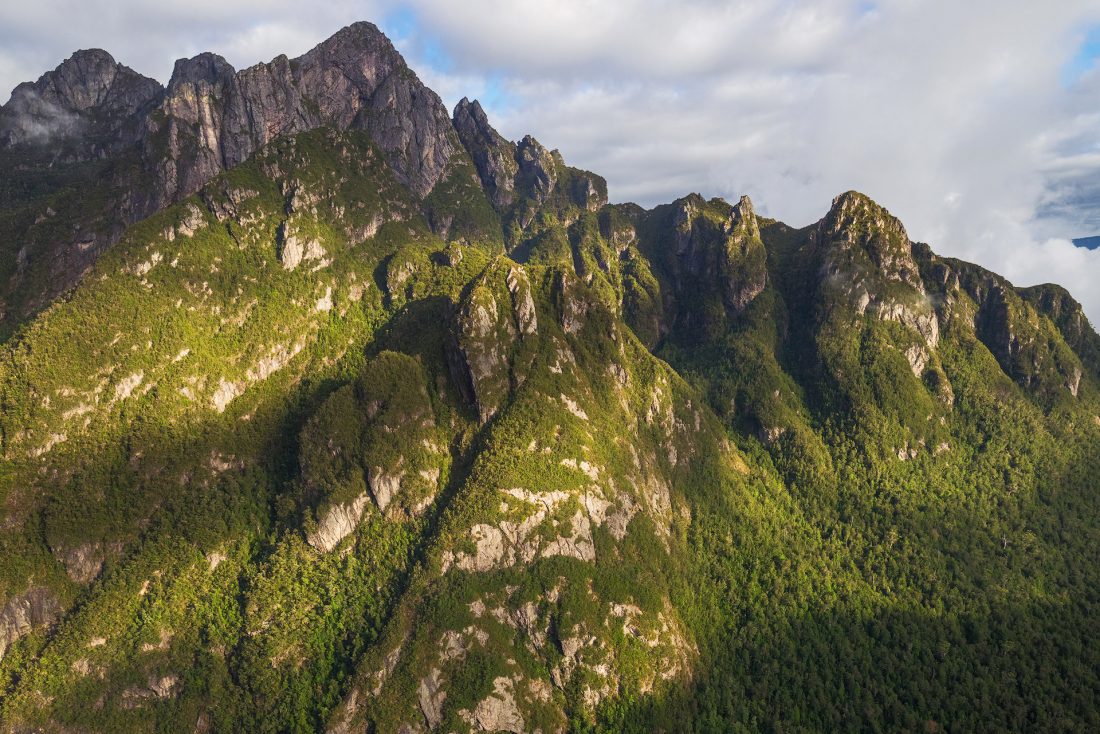
Wilderness-mapping techniques are useful not only for identifying the location and quality of wilderness and other wild areas, but also for assessing the potential impacts of developments such as road construction and tourism infrastructure. For example, the modified NWI system has been used (by the Wilderness Society and by the Tasmanian Government) to assess the potential impact of the development at Lake Malbena.
While effective in their current form, existing wilderness-mapping techniques should ideally be further refined to account for factors such as the impacts of walking track infrastructure, aircraft overflights, noise and light pollution, and the naturalness of viewfields. The impacts of such factors may not be as dramatic as the impacts of chainsaws and bulldozers, but they can nevertheless contribute to degrading the wildness of an area and the wilderness experience of people who visit it. It’s worth noting there are now campaigns in various parts of the world devoted to protecting qualities such as the natural quiet and dark skies of wilderness and other natural areas.
The privatisation of wilderness, of the sort proposed at Lake Malbena, doesn’t directly affect wild character, but it limits visitors’ ability to appreciate and enjoy wilderness. And the increasing commercialisation of wilderness with which privatisation is associated is one of the key factors that’s driving the loss of wild character in Australia.
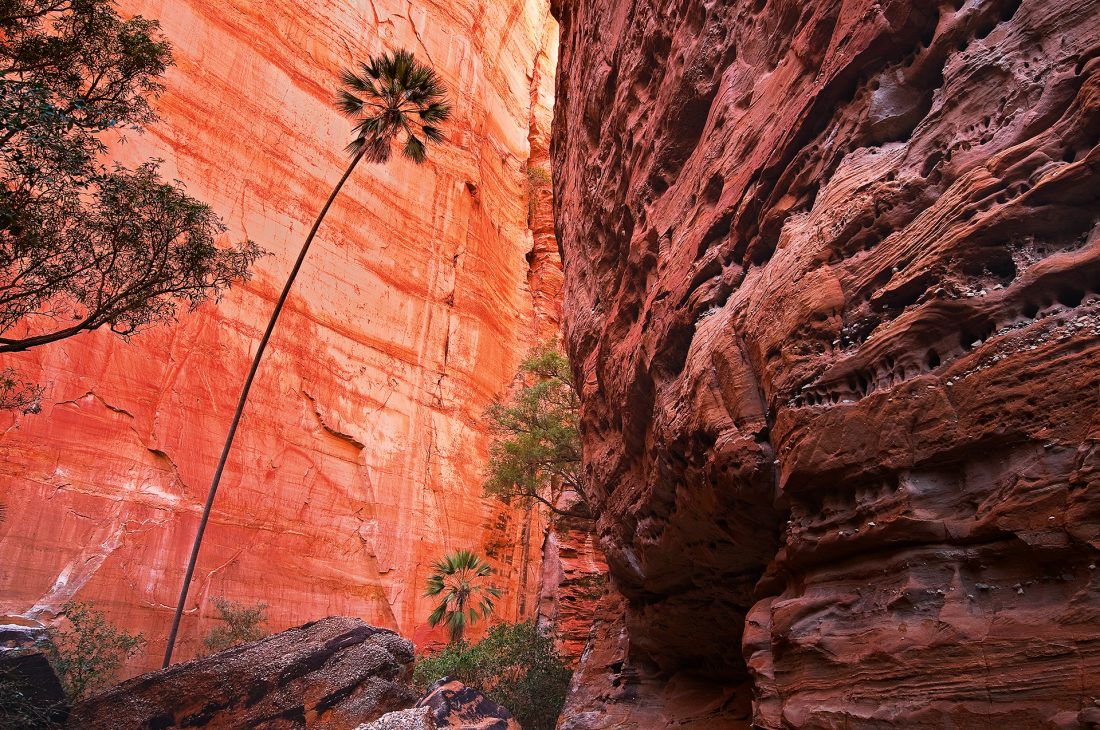
The planet’s remaining wilderness areas are disappearing at an alarming rate. By some estimates, more than 10% of global wilderness—an area the size of India—has been lost just in the last 25 years. Threats to wilderness include resource extraction, land clearance for agriculture, urbanisation, and anthropogenic climate change.
Australia is one of only five countries that collectively contain over 70% of the Earth’s remaining wilderness (excluding Antarctica). While much of Australia’s wilderness lies within protected areas, some areas such as Tasmania’s takayna/Tarkine remain largely unprotected. And as James McCormack’s recent Wild articles have illustrated, even within so-called protected areas, there’s a risk that inappropriate developments such as luxury lodges will whittle away much of the irreplaceable wilderness that remains.
CONTRIBUTORS: Martin Hawes is a writer, wilderness researcher and landscape photographer who has been exploring and photographing the Tasmanian wilderness for over 50 years. He is currently working on a new photographic book of Tasmania’s wild places.
Grant Dixon is an earth scientist, nature photographer, wilderness researcher and recreationist, and long-time Wild contributor. He has visited many wild places worldwide, inspiring reflections on what makes such places special and his work on how best to protect them.
FURTHER READING: Refining the definition of wilderness: Safeguarding the experiential and ecological values of remote natural land. Martin Hawes, Grant Dixon & Chris Bell. Bob Brown Foundation, 2018. http://bit.ly/refiningwilderness
“A remoteness-oriented approach to defining, protecting and restoring wilderness.” Hawes, M. & Dixon, G. (2020). Parks 26(2):23-36. parksjournal.com

